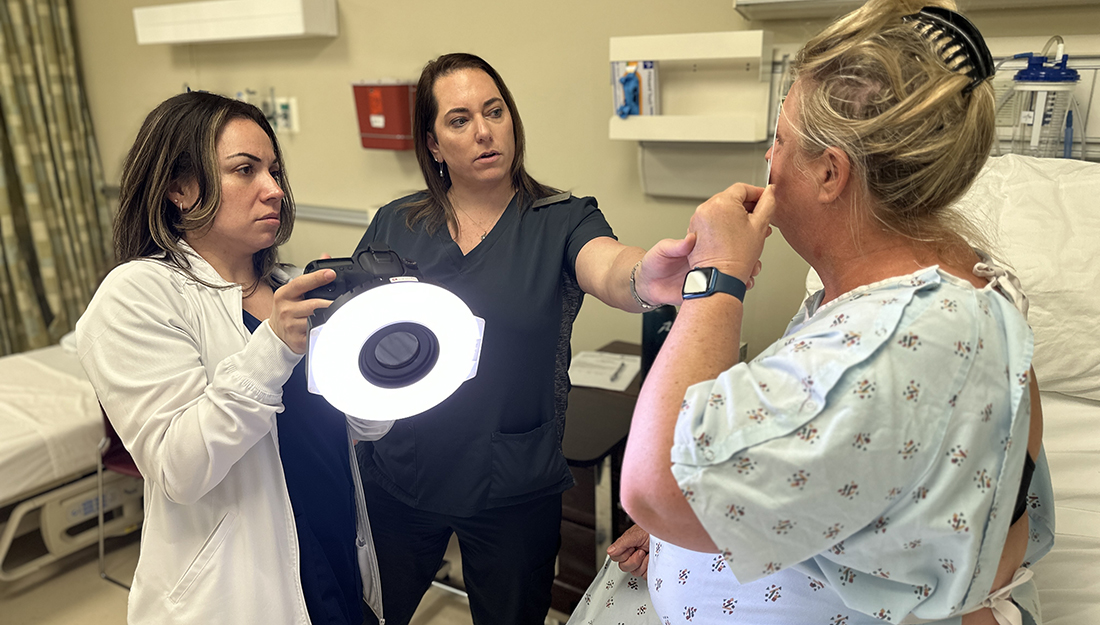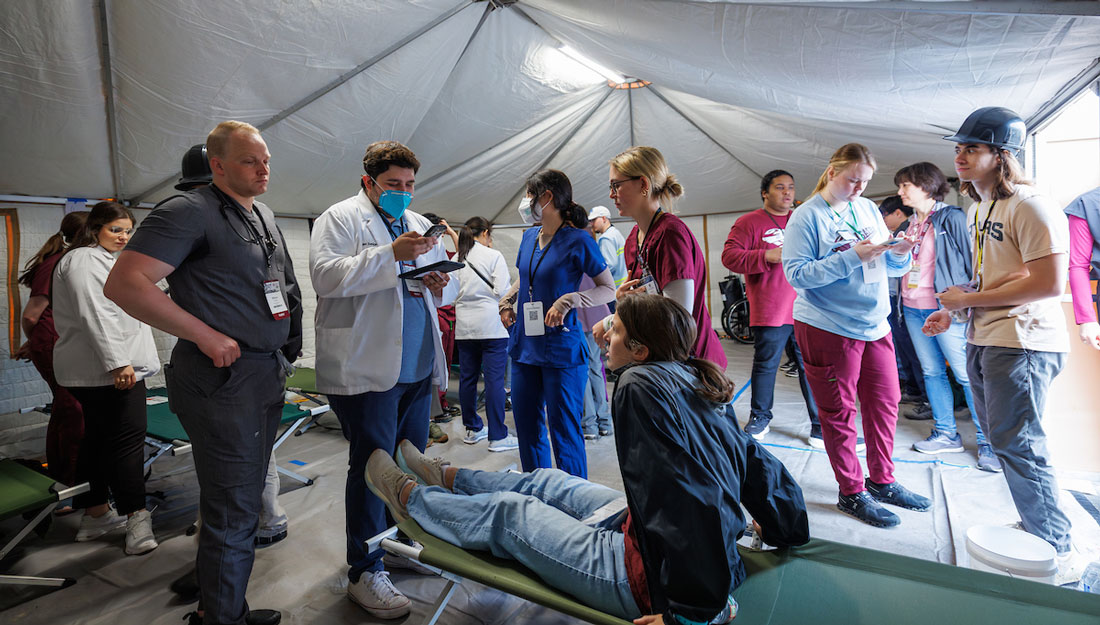From A-B-C to C-A-B
When it comes to CPR, we’ve always been told to remember the “ABCs” – Airway, Breathing, Circulation. Now, health professionals are saying compressions are more important than airway and breathing. What’s up?
Working to improve survival rates for those having a cardiac arrest, the American Heart Association is introducing new guidelines based on research from people and health care providers giving basic life support.
According to Carolyn Prosise, M.S.N., RN, CNOR, assistant professor in the Texas A&M Health Science Center College of Nursing, the rationale for stressing compressions first comes from “hands-only CPR,” which encourages people – even those without formal CPR training – to assist. Research has shown compressing the chest of a heart attack victim hard and fast is as effective as compressions with breaths.
“Many people are reluctant to attempt opening the airway and giving mouth-to-mouth breaths, and rightly so,” Prosise says. “These skills should be taught and practiced to be effective. If that person knows he or she can help someone who has collapsed from a heart attack or a cardiac arrest by merely calling for help and pushing hard and fast on the middle of the chest with the heels of both hands, then that person may be more likely to take part in the rescue effort.”
As a result, the preferred CPR steps are to call 911 or send someone else to call if you see someone collapse and is unresponsive. Begin compressions using the heel of both hands at the center of the chest between the nipples, pushing hard and fast at least two inches down. The rate should be at least 100 times per minute, and give 30 compressions. If you are trained to give breaths, then give two.
Media contact: media@tamu.edu


